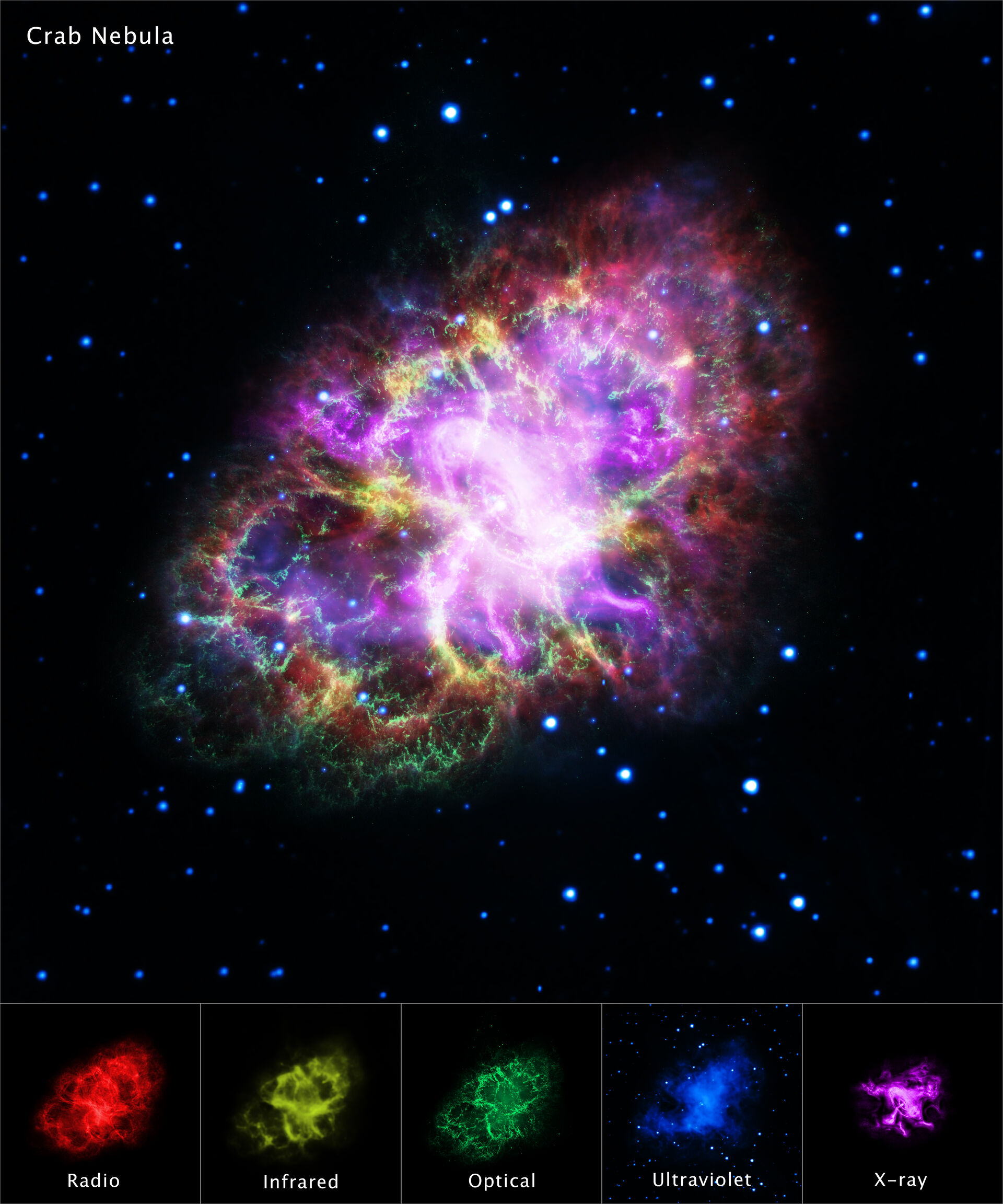– My name is Jakob Borg and I’m from Oslo, Norway.
Jakob is an old acquaintance at the Institute of Theoretical Astrophysics (ITA). He has done both his Bachelor's and Master's at the University of Oslo (UiO) through the physics and astronomy bachelor programme and the astronomy master programme, specialising in cosmology and extragalactic astronomy.

– I finished my master’s in June 2021 which was basically the precursor to my current PhD project, working on the structure and cooling scenarios of neutron stars.
– Along with the theoretical approach of the subject, I developed a code framework to simulate and study various properties of neutron stars under the change of equation of state and cooling mechanisms, he explains.
Since his master’s, Jakob has taken the one-year Teacher Education Programme at the Department of Teacher Education and School Research at UiO, and before his academic adventures he worked as a carpenter.
– Both experiences are quite different from my current work in astrophysics, as I’m sure you can imagine", he answers.
Neutron stars as testing ground for gravity
Jakob started working at ITA as a PhD research fellow in the cosmology group at 09:00, Monday, the 15th of august, 2022.
– What's the main question of your research?
– The short answer is the thermal evolution of neutron stars in modified gravity theories, begins Jakob.
– Neutron stars are interesting astronomical laboratories for studying a wide range of phenomena. As they are extremely dense and small, they provide a promising testing ground for the strong-field regime of gravity and the properties of nuclear matter, he continues.

Credit: NASA, ESA, G. Dubner et al.; A. Loll et al.; T. Temim et al.; F. Seward et al.; VLA/NRAO/AUI/NSF; Chandra/CXC; Spitzer/JPL-Caltech; XMM-Newton/ESA; and Hubble/STScI
"By studying the structure and cooling of neutron stars I hope to contribute to constraining the theories describing the densest known matter in our universe, as well as my favourite "force": gravity"

– What is your approach?
– My main approach is numerical modeling and simulations. The plan is to continue developing my code framework with a range of physically motivated parameterisations of the equations of state under both general relativity and modified gravity, with consistent modeling of the cooling scenarios appropriate to each given equation of state.
He eventually will compare his models to data and calculate the likelihood given observations of neutron star masses and radii, and their age and surface temperature.
Becoming a scientist: a fulfilled dream
– What fascinates you about your research?
– I find neutron stars to be some of the coolest and most fascinating objects in the universe. They are extreme in more or less every aspect of their nature, so I’m constantly blown away by their sheer awesomeness, confesses Jakob.
– What are the challenges in your field?
– I think one of the biggest challenges of my research will be patching together theory and results from different fields of physics into unified consistent models, as I’m sure many of my peers can relate to. And of course, sign errors… math is hard, explains genuinely Jakob.
"Trying to grasp what reality is and how it behaves has taken up a lot of my time ever since I was a child with a dream of becoming a ”scientists”, without knowing what scientists actually do."
Feeling like he belongs
– What brought you to Oslo?
– Oslo is my home. I’ve lived here almost my entire life, except for a year studying in Kristiansand which felt way too long. I’ve also been drawn to ITA ever since I realised it’s possible to spend my time studying astrophysics and calling it my profession", he answers.
– What is your experience at ITA so far?
– My experience at ITA has been, and is still, great. I really enjoy the kind, interesting, and appropriately weird people here. I feel like I belong. Moving from the master’s basement to the fifth floor has increased my daily amount of exercise, and by being a part of the Christmas party committee I got new and deeper relationships to my coworkers and the building.
– The working environment is social and supporting, and I feel humble to work alongside such bright minds. I’m also grateful that I already got the opportunity to visit the University of Cape Town for a cosmology workshop and strengthen my international network, adds Jakob.
– What do you expect from this experience?
– I expect a challenging and exciting time here at ITA. As I did my master’s here, I know I have to work hard to compare with the level of knowledge, willingness to help, and the experience of my peers and coworkers. During my master’s I also enjoyed being a teaching assistant, which I look forward to continue throughout my PhD. Hopefully, I’ll be able to come out on the other side of this whole experience closer to being an independent researcher and a grown-up, he concludes.
